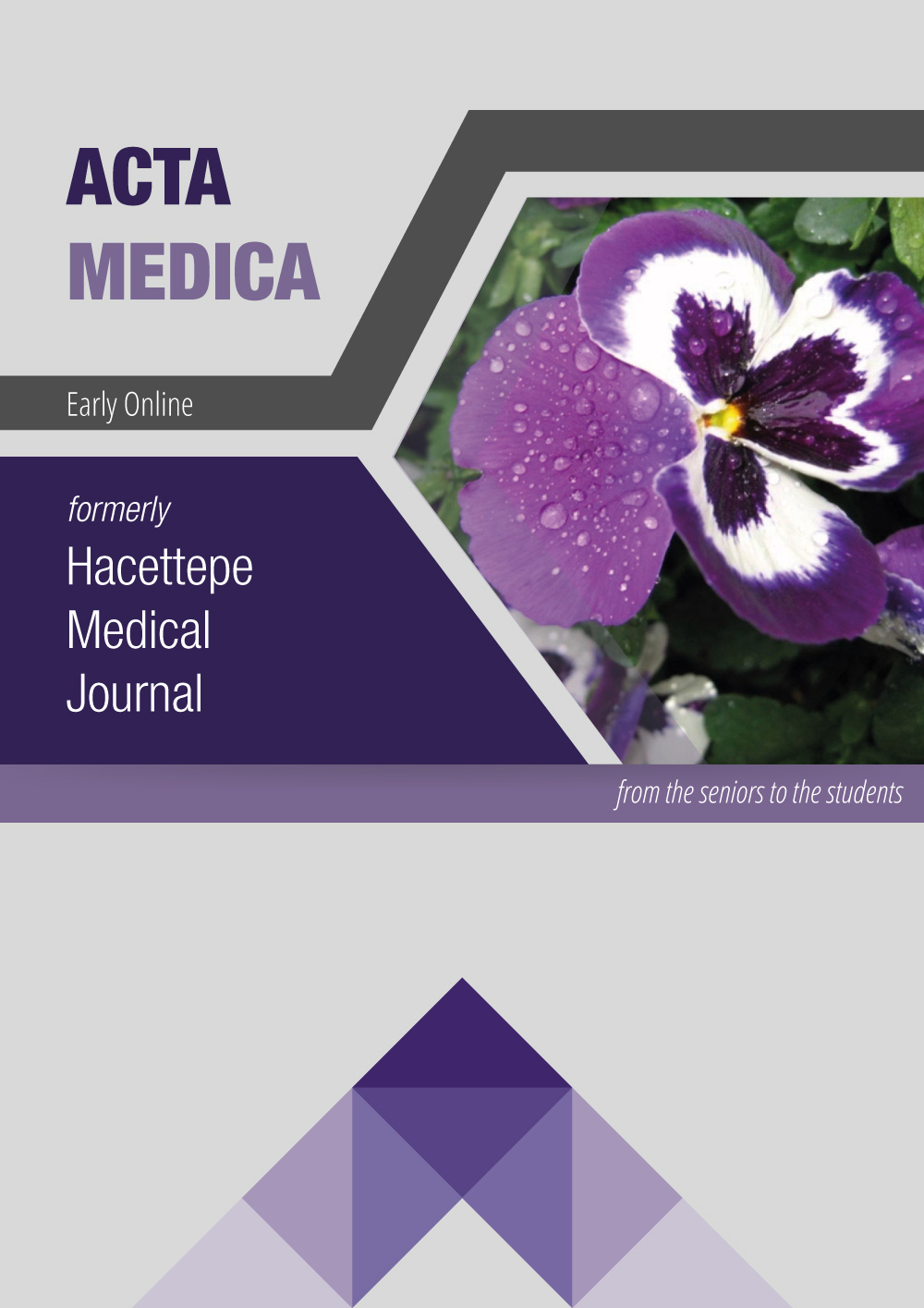Hedera helix (Wall Ivy) leaf ethanol extract shows cytotoxic and apoptotic effects in glioblastoma cells by generating reactive oxygen species
DOI:
https://doi.org/10.32552/2023.ActaMedica.912Keywords:
Hedera helix, common ivy, anti-cancer, pro-oxidant, glioblastomaAbstract
Aim: Glioblastoma, known for its aggressiveness, accounts for most malignant gliomas and the efficiency of its treatment is still not enough showing remarkably poor prognosis even though a complex treatment approach. Hedera helix is an evergreen plant mostly known for its effects on respiratory function, especially in chronic bronchial asthma, as well as its antimicrobial, anti-inflammatory, antioxidant, and potential antitumor properties, while its effect on glioblastoma cancer and the underlying mechanism has not been elucidated yet. The aim of this study was to examine the anti-cancer properties of Hedera helix (common ivy) in relation to its ability to induce cytotoxicity, apoptosis, and reactive oxygen species production in glioblastoma (U87) cells.
Material and Methods: The leaves’ ethanol, methanol, and water extracts were analyzed for phenol, flavonoid, and antioxidant levels through photometric methods. Then, different concentrations of ethanol extract were applied to U87 cells for 24 hours and analyzed for cytotoxic, apoptotic, and ROS-generating effects by measuring the luminometric intracellular ATP amount, Acridine Orange/Ethidium Bromide double staining, and DCFH-DA methods, respectively.
Results: Phenol, flavonoid, and antioxidant results of all three extracts show that ethanol was best for extraction. The results showed that Hedera helix ethanol extract had dose-dependent cytotoxic and apoptotic effects with increased intracellular ROS levels.
Conclusion: These results concluded that high doses of Hedera helix ethanolic extract may exhibit anti-cancer effects through pro-oxidant activity.
Downloads
Downloads
Published
How to Cite
Issue
Section
License
Copyright (c) 2023 Acta Medica

This work is licensed under a Creative Commons Attribution-NonCommercial-NoDerivatives 4.0 International License.


